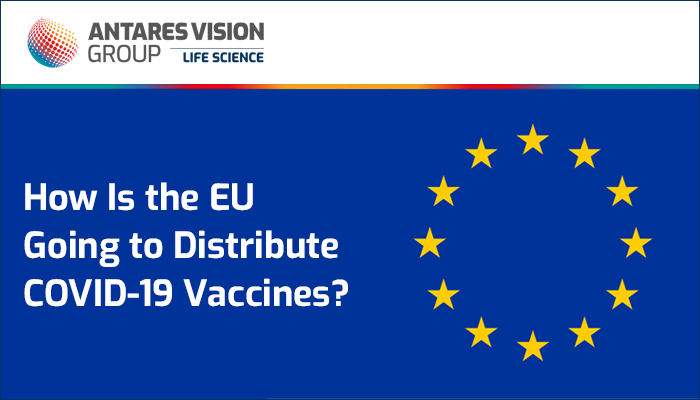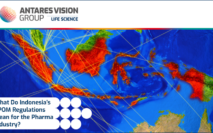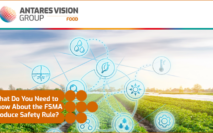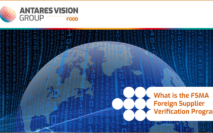The EU announced its COVID-19 vaccine strategy on June 17, 2020. Among other things, it called for ensuring the quality, safety, and efficacy of vaccines, securing quick access to vaccines, and ensuring equitable access to an affordable vaccine as early as possible. It also called for adapting the EU’s regulatory framework and taking advantage of regulatory flexibility to address the urgent need.
Let’s take a look at what the EU has said about its COVID-19 vaccine distribution plan and answer some frequently asked questions about its vaccine administration.
What vaccines are being used in the EU?
The European Commission says it wants to “build a diversified portfolio of vaccines based on different technologies, to increase the chances that one or more of the vaccine candidates are approved by EMA.”
The EU authorized the BioNTech-Pfizer COVID-19 vaccine on December 21, 2020, and the Moderna vaccine on January 6, 2021. It did this after the European Medicines Agency (EMA) assessed their safety, quality, and efficacy.
On January 8, the Commission reported that it had concluded contracts for 600 million doses of the BioNTech-Pfizer vaccine and 160 million doses of Moderna’s vaccine. It also reported securing contracts for millions of doses from AstraZeneca, Sanofi-GSK, Johnson and Johnson, and CureVac, and that it had concluded “exploratory talks” with Novavax and Valneva.
Then, on January 29, the Commission announced that AstraZeneca agreed to publish the redacted contract it signed on August 27, 2020, and that CureVac agreed to publish the Advance Purchase Agreement with the EU.
The Commission says it has secured more than 2.3 billion doses of COVID-19 vaccines, adding that if all the vaccine candidates are found to be safe and effective, EU Member States could donate part of their doses to lower- and middle-income countries.
Who will receive the vaccine and when?
As of January 8, the EU said that all Member States would have access to COVID-19 vaccines at the same time, based on the size of their population. On January 29, the Commission enacted a measure requiring Member States to authorize vaccine exports, stating this will “ensure timely access to COVID-19 vaccines for all EU citizens and … tackle the current lack of transparency of vaccine exports outside the EU.”
The Commission says the number of doses will be limited during the initial stages the immunization effort and before production can be ramped up. As in other countries, authorities have said that there will not be enough doses to vaccinate everybody right away; it will take time.
Most members have defined who will get the vaccine first and are further refining sub-groups to assign priority. Frontline healthcare professionals and people over 80 years old top the lists. For more insight about the rollout, see this December 2020 report from the European Centre for Disease Prevention and Control about preparedness in the EU, the European Economic Area, and the UK. The Centre also has a useful “Situation Update” page that tracks the pandemic in the EU.
Vaccine supplies will increase over time, the Commission says, and all adults should be able to get vaccinated during 2021. It predicts that at least 80 percent of people over the age of 80 and 80 percent of health and social care professionals should be vaccinated by March 2021. By this summer, the Commission says 70 percent of the EU’s adult population should be vaccinated. These projections, however, are probably optimistic, as the rollout has been slow and fewer doses than expected have been delivered.
Final thoughts
As we said in our blog post about COVID-19 vaccine distribution in the United States, the world is in an “all hands on deck” situation. We like to think we’ve been part of the effort since the pandemic began.
In April 2020, we joined the COVID-19 Healthcare Coalition, offering our Accurate Immunization Management (AIM) and rfxcel Integrated Monitoring (rIM) solutions. rIM is a real-time environmental monitoring solution that uses Internet of Things (IoT)-enabled devices to monitor products while they’re in transit; it’s a powerful, ideal solution for the pharma cold chain, which is vital to vaccine distribution.
AIM ensures that the right person gets the right vaccine at the right time. It can track COVID-19 vaccines — indeed, any vaccine — in any supply chain, monitor inventory, and facilitate safe, timely delivery to any location. We designed AIM to be fast, flexible, and compliant in any country. At a time when the world is depending on supply chains to function at peak performance, AIM is a tool to help get vaccines properly delivered and dispensed.
Furthermore, our signature rfxcel Traceability System has proven itself in the pharma supply chain, helping ensure products are safe and legitimate and that consumers know exactly what they’re getting. Contact us today to learn more our solutions and how we can help you secure your supply chain, no matter what industry you’re in or where you do business.





